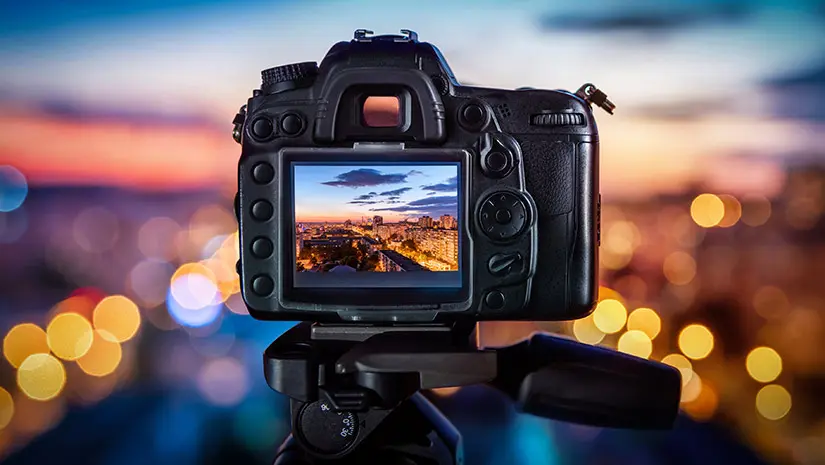Stamp: Ti-Noir Lajeunesse The Blind Violinist by Claire B-Champagne (Canada 2017)
Ti-Noir Lajeunesse The Blind Violinist by Claire B-Champagne (Canada 2017)
04 July (Canada ) within release 150 Years of Canadian photography (5th series) goes into circulation Stamp Ti-Noir Lajeunesse The Blind Violinist by Claire B-Champagne face value P No Face Value
| Stamp Ti-Noir Lajeunesse The Blind Violinist by Claire B-Champagne in catalogues | |
|---|---|
| Stamp Number: | Sn: CA 3012i |
Stamp is horizontal format.
self adhesive stamp from booklet Sold for $0.85 on issue date. Die cut to shape from Quarterly Pack.Also in the issue 150 Years of Canadian photography (5th series):
- Stamp - Enlacées, Montréal, 1994, by Gilbert Duclos face value P;
- Mini Sheet - 150 Years of Canadian photography (5th series) sheet of 2 face value 2*P;
- Stamp - Sir John A. Macdonald, circa 1883, by William James Topley face value P;
- Stamp - Parliament Buildings, Centre Block by Samuel McLaughlin face value P;
- Mini Sheet - 150 Years of Canadian photography (5th series) sheet of 3 face value 3*P;
- Stamp - Parliament Buildings, Centre Block by Samuel McLaughlin face value P;
- Stamp - Ti-Noir Lajeunesse The Blind Violinist by Claire B-Champagne face value P;
- Stamp - Enlacées, Montréal, 1994, by Gilbert Duclos face value P;
- Stamp - Ontario, Canada, 1989, by Robert Bourdeau face value P;
- Stamp - Sir John A. Macdonald, circa 1883, by William James Topley face value P;
- Stamp - Ti-Noir Lajeunesse The Blind Violinist by Claire B-Champagne face value P;
- Booklet - 150 Years of Canadian photography (5th series) booklet face value 10*P;
- Stamp - Ontario, Canada, 1989, by Robert Bourdeau face value P;
- Stamp - Enlacées, Montréal, 1994, by Gilbert Duclos face value P;
- Stamp - Ontario, Canada, 1989, by Robert Bourdeau face value P;
- Stamp - Parliament Buildings, Centre Block by Samuel McLaughlin face value P;
- Stamp - Sir John A. Macdonald, circa 1883, by William James Topley face value P;
- Stamp - Ti-Noir Lajeunesse The Blind Violinist by Claire B-Champagne face value P;
- Booklet Pane - 150 Years of Canadian photography, booklet pane face value 10*P;
Stamp Ti-Noir Lajeunesse The Blind Violinist by Claire B-Champagne it reflects the thematic directions:
An anniversary is the date on which an event took place or an institution was founded in a previous year, and may also refer to the commemoration or celebration of that event. For example, the first event is the initial occurrence or, if planned, the inaugural of the event. One year later would be the first anniversary of that event. The word was first used for Catholic feasts to commemorate saints. Most countries celebrate national anniversaries, typically called national days. These could be the date of independence of the nation or the adoption of a new constitution or form of government. The important dates in a sitting monarch's reign may also be commemorated, an event often referred to as a "Jubilee".
Art is a diverse range of human activities in creating visual, auditory or performing artifacts (artworks), expressing the author's imaginative or technical skill, intended to be appreciated for their beauty or emotional power. In their most general form these activities include the production of works of art, the criticism of art, the study of the history of art, and the aesthetic dissemination of art. The oldest documented forms of art are visual arts, which include creation of images or objects in fields including painting, sculpture, printmaking, photography, and other visual media. Architecture is often included as one of the visual arts; however, like the decorative arts, or advertising, it involves the creation of objects where the practical considerations of use are essential—in a way that they usually are not in a painting, for example. Music, theatre, film, dance, and other performing arts, as well as literature and other media such as interactive media, are included in a broader definition of art or the arts. Until the 17th century, art referred to any skill or mastery and was not differentiated from crafts or sciences. In modern usage after the 17th century, where aesthetic considerations are paramount, the fine arts are separated and distinguished from acquired skills in general, such as the decorative or applied arts.
A farmhouse is a building that serves as the primary quarters in a rural or agricultural setting. Historically, farmhouses were often combined with space for animals called a housebarn. Other farmhouses may be connected to one or more barns, built to form a courtyard, or with each farm building separate from each other.
A musical instrument is a device created or adapted to make musical sounds. In principle, any object that produces sound can be considered a musical instrument—it is through purpose that the object becomes a musical instrument. A person who plays a musical instrument is known as an instrumentalist. The history of musical instruments dates to the beginnings of human culture. Early musical instruments may have been used for rituals, such as a horn to signal success on the hunt, or a drum in a religious ceremony. Cultures eventually developed composition and performance of melodies for entertainment. Musical instruments evolved in step with changing applications and technologies.
A musician is an artist who composes, conducts, or performs music. According to the United States Employment Service, "musician" is a general term used to designate a person who follows music as a profession. Musicians include songwriters, who write both music and lyrics for songs; conductors, who direct a musical performance; and performers, who perform for an audience. A music performer is generally either a singer, who provides vocals, or an instrumentalist, who plays a musical instrument. Musicians may perform on their own or as part of a group, band or orchestra. Musicians can specialize in a musical genre, though many play a variety of different styles, depending on the cultures and backgrounds involved. A musician who records and releases music can be known as a recording artist.
Photography is the art, application, and practice of creating images by recording light, either electronically by means of an image sensor, or chemically by means of a light-sensitive material such as photographic film. It is employed in many fields of science, manufacturing (e.g., photolithography), and business, as well as its more direct uses for art, film and video production, recreational purposes, hobby, and mass communication. A person who captures or takes photographs is called a photographer.





